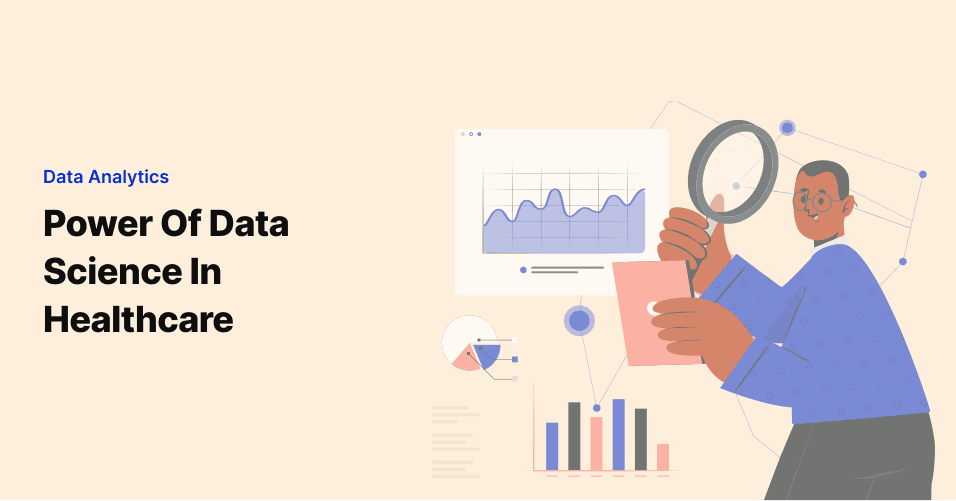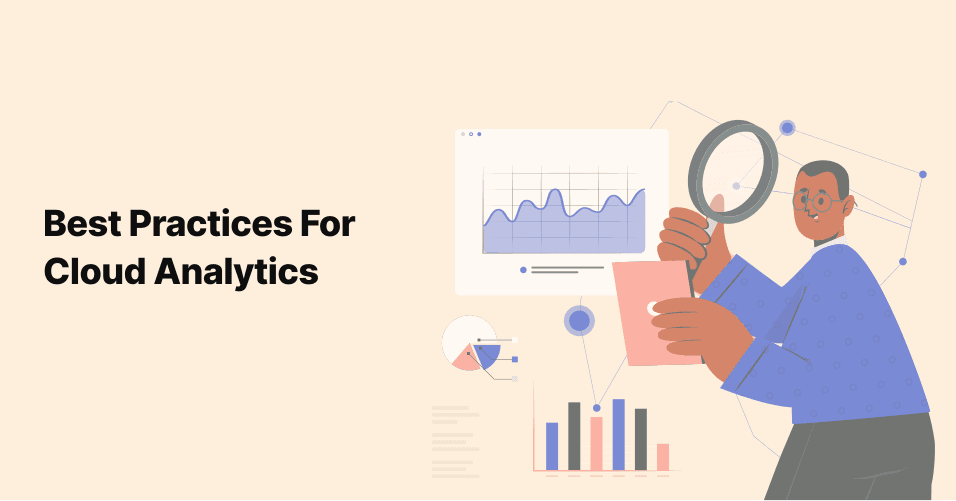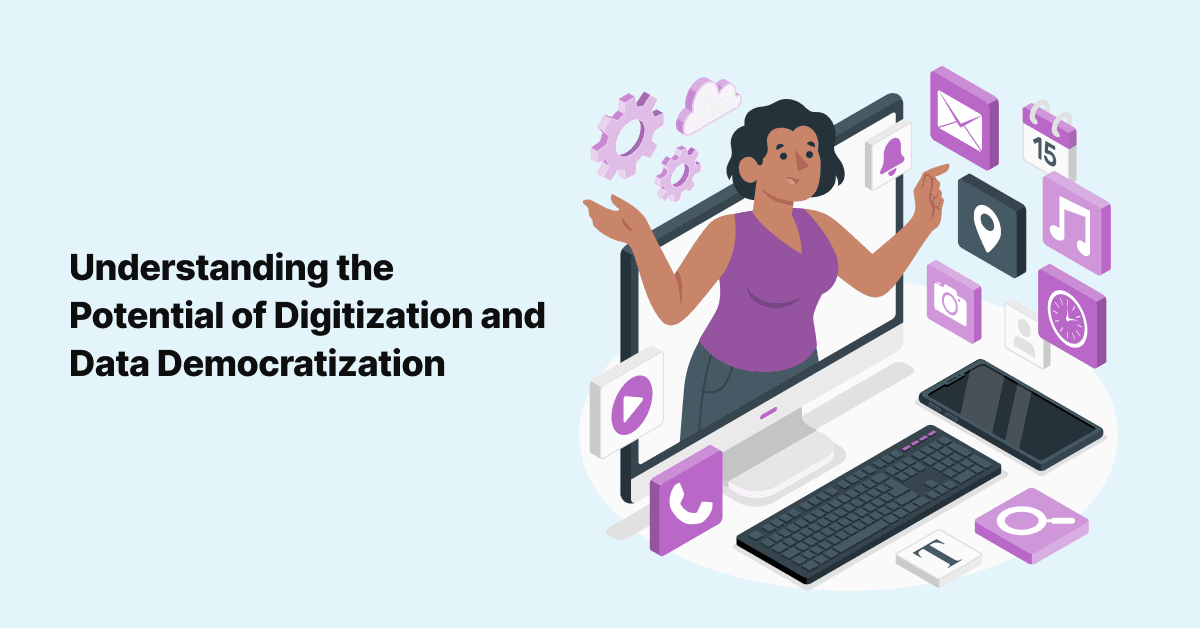
Power of Data Science in Healthcare
In an era when data is everything, finding ways to cultivate and drive analytics is a priority in nearly every …

The venture of implementing cloud analytics is a big one for healthcare organizations. The effort is enormous, but so is the potential payoff! Data-driven decisions are far more likely to move the needle on cost containment, quality of care, and operational efficiencies.
But not all paths are created equal. There are ways to get the ball rolling that will yield long-term fruit to justify efforts (and costs) versus leaving hospital executives wondering where the value is.
We will highlight a few key ways that health systems can get cloud analytics for healthcare right from the get-go!
Healthcare IT requires a unique set of standards when it comes to choosing cloud solutions. Many strategic partnerships between health organizations, for example, hinge on the ability of each entity to demonstrate the security of their technology suite (including integrations and vendors) to bolster the mutual relationship. So choosing robust solutions and hosting is paramount for growth potential and reputation from a business perspective.
From operations and security view, cloud vendors specifically may require a BAA in the course of implementing tools that will manage, store, or transmit data (particularly if ePHI), so it’s vital to work with technology partners that understand what is required and can comply with HIPAA best practices as second nature. Given that hospital CTOs and CIOs can’t inspect every aspect of off-prem, cloud architected solutions, working with a reputable, referenceable hosting partner and analytics platform is vital to protect everyone involved.
It always comes back to requirements. Huge success? There were great requirements! Total disaster? The requirements were paltry at best.
One of the most critical aspects of requirements gathering for cloud analytics is determining the timeliness of data. It can be easy to say we want everything in real-time, but there are performance implications for one, and not all records in clinical use cases can be prudently gathered as care is unfolding. (For example, reports have to be reviewed, care records have to be locked, etc., before the information is usable.)
Another key consideration for aggregating data for robust healthcare analytics is vetting sources of information and normalizing data sets. This is again where requirements and defined use cases can help drive standards and strategic integration efforts to serve up a rich array of data points to explore.
Speaking of exploring data, we’ve discussed how powerful it can be to bring in Data Scientists to drive advanced analytics. These professionals can also help develop data models that will truly derive value and answer questions, both known and unknown.
It’s rare that health systems know exactly where they are going 10, 20, or 30 years from now. So much is rapidly changing in technology and in how healthcare is delivered, which can make heavy investments in anything feel like a dice roll. However, cloud solutions offer healthcare organizations the ability to scale up and down as needed while still delivering the reliability and redundancy required to support 24/7 patient care delivery.
Shifting toward cloud architecture is a great way to capitalize on nimble systems that organically lend themselves to gathering disparate data sources into well-defined models and pools (or lakes!) to drive cloud analytics. Healthcare data that is siloed does very little good. In fact, it can do great harm.
Let’s set information free to drive wise healthcare decisions based on objective metrics and robust data sets! Cloud analytics is the perfect solution for connecting systems and care settings beyond the walls of physical buildings (or server rooms) to innovate the industry.
Figuring out the best strategy for your organization can be very challenging. That is 314e brings a special 1-hour live Webinar, “Jump-start your Health Data Strategy,” to discuss some best practices.
Join over 3,200 subscribers and keep up-to-date with the latest innovations & best practices in Healthcare IT.

In an era when data is everything, finding ways to cultivate and drive analytics is a priority in nearly every …

The global personalized medicine market size was valued at USD 538.93 billion in 2022 and is projected to …

You can’t swing a power cord these days without hitting a hospital executive asking for analytics. Healthcare …